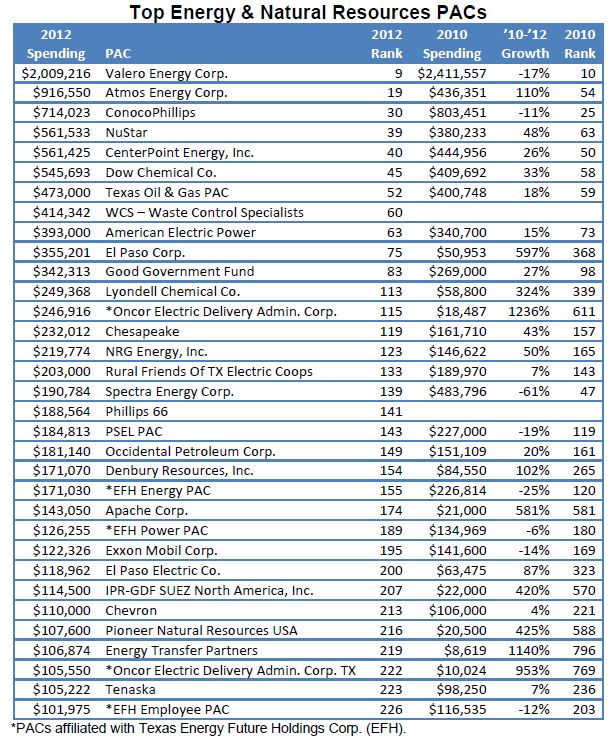Michael Brick has written an excellent article in the Houston Chronicle about the Texas Railroad Commission’s new seismologist, David Craig Pearson. The article, “Vexed by Earthquakes, Texas Calls In a Scientist,” relates the events leading up to his hiring, his background, and the RRC’s initial foray into addressing the issue by proposing new rules on injection well operators.
Dr. Pearson grew up in McCamey, worked in the oil fields, studied at SMU, and worked at Los Alamos National Laboratory in New Mexico for 13 years. He left in 2006, returning to West Texas and ranching. He inherited some mineral rights in Upton County. When the RRC advertised for a seismologist, he applied and was hired.
So far, Dr. Pearson has published no conclusions, but the RRC has been praised for its new proposed rules. Pearson testified in August before the House Energy Resources Subcommittee on Seismic Activity that he wants to wait for reports from SMU’s study of seismic and injection activity around the town of Azle, in the Barnett Shale, before drawing any conclusions.
 Oil and Gas Lawyer Blog
Oil and Gas Lawyer Blog


